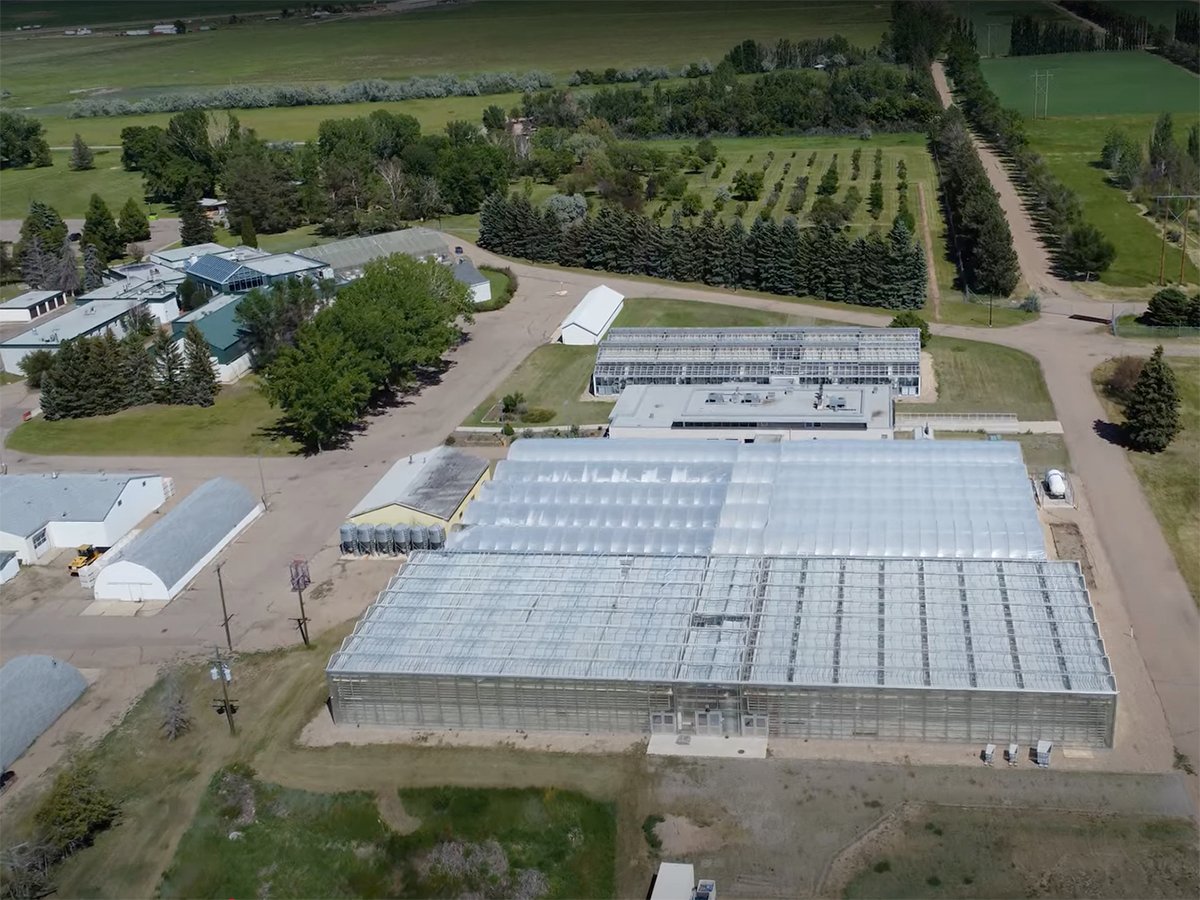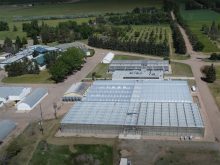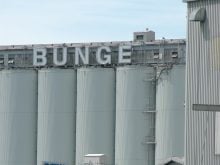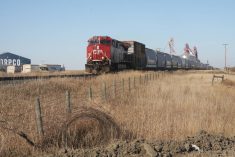Calgary-based Whitemud Resources officially opened its metakaolin plant near Wood Mountain, Sask., recently.
The plant will annually produce 175,000 tonnes of the concrete additive from white kaolin clay in the Gollier Creek quarry.
Metakaolin can be used in the paper, paint and plastics industries, but is used mainly to make concrete. It can replace up to 20 percent of the cement used in that process. The concrete will set faster, is less permeable and is stronger.
Manufacturing metakaolin also produces 55 percent less greenhouse gas than manufacturing cement, the company said.
Read Also

Alberta crop diversification centres receive funding
$5.2 million of provincial funding pumped into crop diversity research centres
The Saskatchewan government expects to use the product in bridge and overpass projects.
“We will be identifying a major project on the provincial highway system in which metakaolin will be used,” said highways and transportation minister Wayne Elhard.
Construction of the $50 million plant began two years ago. The plant employs about 35 people, most of them local. The construction phase also employed about 150 people.
Much of the metakaolin will be moved out of the area on the Great Western, Red Coat and Fife Lake short-line railways.
According to a company news release, it has already shipped product to 19 customers for commercial testing. Another 21 companies have agreed to evaluate it.















